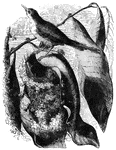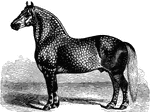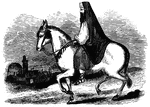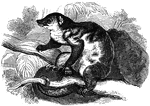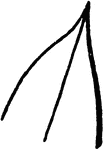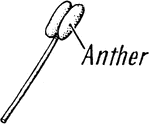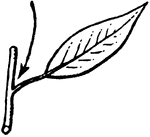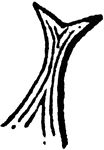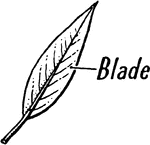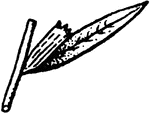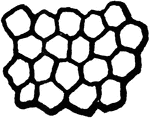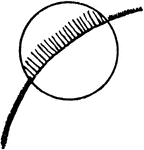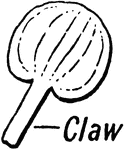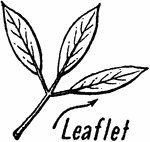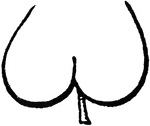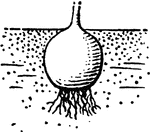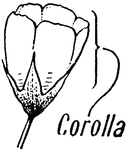
Hereford Cattle
"The hereford breed are of a medium or dark red color, with white faces and sometimes white on the throat,…
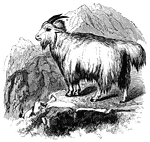
Rocky Mountain Goat
"Both male and female have small horns, and hair of a white color. They live in small flocks in the…

Fort Pulaski
"The bombardment of Fort Pulaski, second day, Friday, April 11th, 1862. General Quincy A. Gilmore took…

Golden Thrush
Also known as White's thrush, the golden thrush is native to Japan and Savabut migrates to Southern…
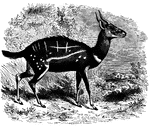
Guib Antelope
"About the size of a common deer, of a reddish-fawn color, but marked with white stripes along the back…
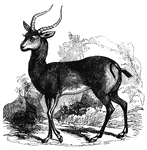
Pallah
"Four and a half feet long and three high. The general color is a deep red, and underr parts being white.…
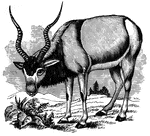
Addax
"The body is five feet long, and height three feet. The general color is gray-ish-white, though the…
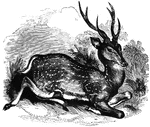
Axis Deer
"In size and general form it nearly resembles the common fallow-deer. The skin is at all times of a…
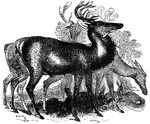
Male American Deer
"It is about the size of the European fallow-deer, and resmebles it in temper and character; the color…
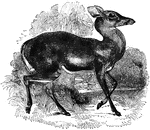
Female American Deer
"It is about the size of the European fallow-deer, and resmebles it in temper and character; the color…
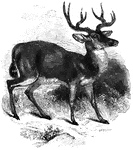
Mule Deer
"Is between the common deer and the American elk in size. Its horns are round and twice forked; the…

Gauzu-Viva
"Is a delicate little deer, only twenty-six inches in length. its aspect is said to resemble that of…
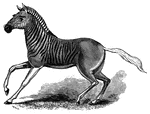
Quagga
"Its general color is brown, the head, neck, and withers striped or zebraed wth blackish-brown; the…
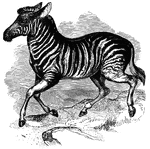
Dauw
"Is of a pale brown color; the underside of the body being whitish; head, body, and upper part of the…
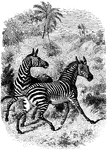
Zebras
"The ground color is white, or yellowish white, but the head, body, and legs to the hoofs are regularly…

White House Landing
"White House Landing, Pamunkey River, Va., the Grand Depot of the Commissariat and Ordinance Department…
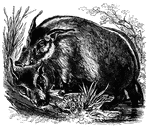
Guinea Hog
"It is of the size of a common hog; has long, narrow, straight ears, with a pencil of hair at the tips.…

Syrian Daman
"Is a foot long, of a brownish gray color above and white below. The skin without the hair is of a blackish…

Sperm Whale
A sperm whale breaching up through the water. Its color is blackish above and white below.

Beluga Whale
"When young it is black, when mature white, sometimes having a yellowish or rosy tinge. It is twelve…
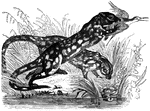
Spotted Martin
"Is eighteen inches long, with a tail nearly as long as the body; its fur is chestnut-color, spotted…

Banded Ant Eater
"It is about ten inches long, of a tawny color, marked with transverse bands of black and white. The…
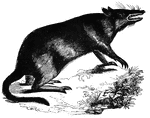
Long Nosed Bandicoot
"Having a long head, with the upper part of the snout much prolonged: the tail is long and tapering;…
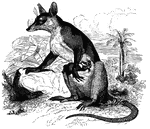
Common Opossum
"It has a pointed head, wide gape, numerous sharp teeth, a rough tounge, ears large and naked, small…
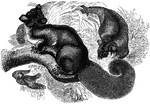
Sugar Squirrel
"It is about as large as our red squirrel; the tail rather longer than the body; the fur soft and beautiful;…

Beloeil Mountain
Beloeil Mountain, this sketch is taken from the southeast angle of old Fort chambly, showing the rapids…

White-crested cockatoo
The white-crested cockatoo possess a distinctive crest of feathers it can raise or lower at will.
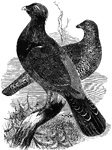
Capercaille
Also known as the wood-grouse, the capercaille averages about three feet in length and feeds on berries…
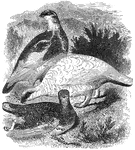
Ptarmigans
A trio of ptarmigans (also known as white grouses) found in colder regions at higher altitudes. They…
!["The broad-billed sandpiper.. [is] six and a half inches long, variegated above with black, rufous, and gray; beneath grayish-white, tinged with buffish-red; rare, but distributed throughout Europe." — Goodrich, 1859](https://etc.usf.edu/clipart/13000/13073/bblldsndpipr_13073_mth.gif)
Broad-Billed Sandpiper
"The broad-billed sandpiper.. [is] six and a half inches long, variegated above with black, rufous,…
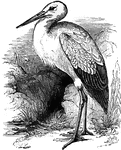
White Stork
Measuring about three feet in length, the white stork migrates to Europe during the summer, and back…
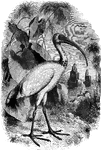
Sacred Ibis
Found throughout Africa, the sacred (or white) ibis was revered by the ancient Egyptians.
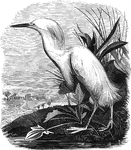
Great White Heron
White, often with a yellowish tinge, the great white heron of America closely resembles its European…
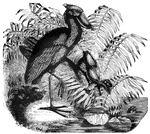
Balœniceps
About three feet, nine inches in height, the balœniceps is native along the banks of the White…
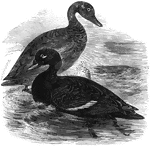
Velvet Scoter
Common in Europe and North America, the velvet scoter is also known as the white-winged coot.
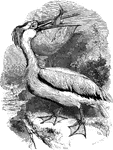
Common White Pelican
The common white pelican measures about five to six feet in length, with a wingspan of approximately…
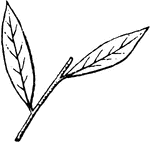
Alternate
Usually pertains to leaves. Not opposite each other but bourne singly at different levels on the stem.
